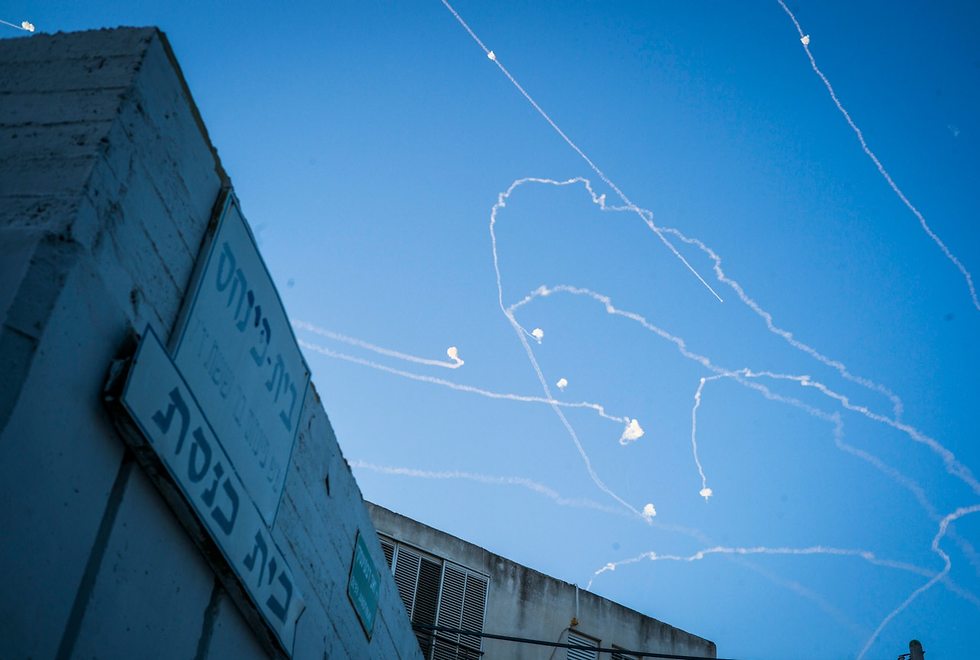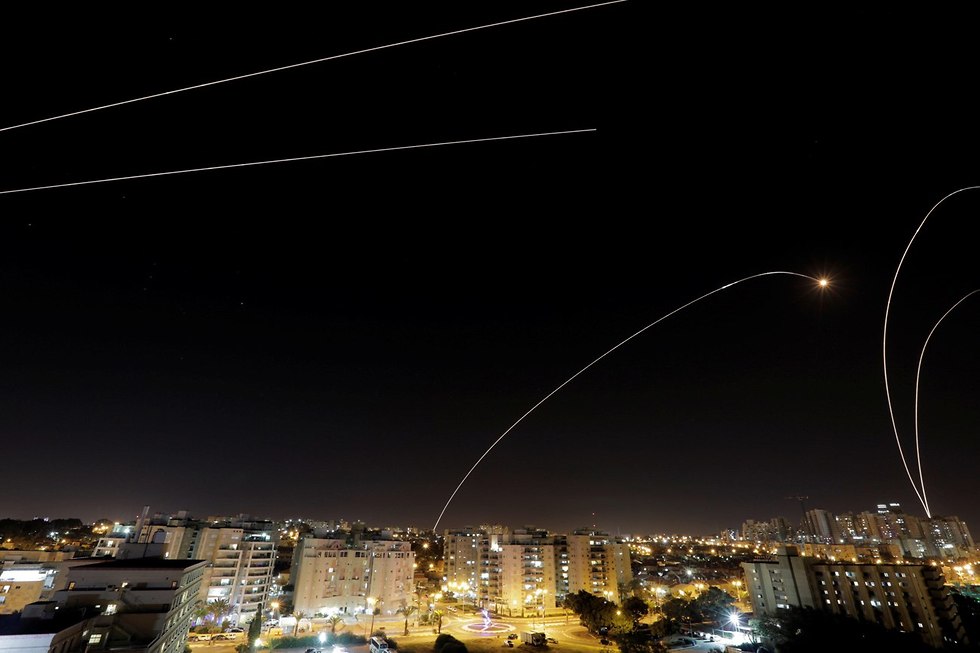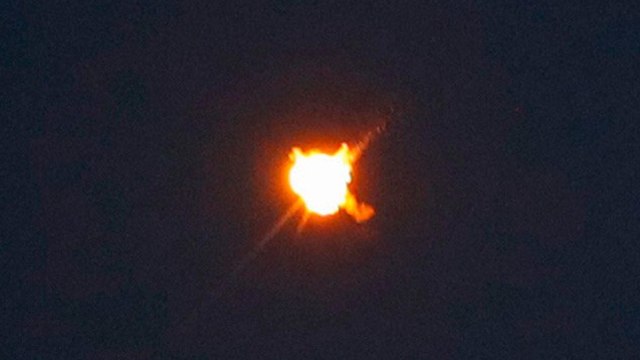
Hamas and Islamic Jihad have been making an unprecedented supreme effort in this round of fighting to overpower the Iron Dome missile defense system with relatively new launching methods.
Among other things, the Palestinian factions in the Gaza Strip have been firing heavy barrages of dozens of rockets on a relatively small area. There were two such barrages so far, on Monday afternoon and overnight.
Meanwhile, the IDF sent additional interceptor missiles to the Iron Dome batteries stationed in southern Israel on Monday, in addition to deploying additional batteries and calling up reserve troops to operate them.
And so the Iron Dome's high interception success rate remained undiminished: out of about 400 rockets, the batteries intercepted 120 rockets that would've otherwise fallen in populated areas. About 20 rockets hit homes, farmland and roads, killing one and wounding dozens of others, most of them lightly.
IDF officials stressed again on Tuesday that the Iron Dome cannot provide 100 percent protection, and only a combination of quick warning to the residents done by the Home Front Command with Code Red alerts and the public following safety instructions would prevent casualties—on top of Iron Dome interceptions.
The Iron Dome missile defense system, which made its first interception in April 2011 over Ashkelon, has evolved over the past seven years: each battery can accommodate a much larger number of launchers, covers a bigger area, and has the ability to deal with mortar shells and short-range Qassam rockets as well.
The bigger challenge, which the IDF is still trying to find a solution for, will come later: One of Hamas's hidden aces for the next conflict is a mortar shell that can carry massive 150-200 kilogram warheads, which would be able to destroy entire streets in Israeli communities near the border, cause extensive damage to military posts and kill many soldiers in gathering areas.
At present, the IDF has adjusted its operations and stationed its troops further away from the strip to avoid such deadly mortars, but it's possible only quality intelligence and early strikes to destroy the mortar shell stockpiles, alongside the evacuation of the population near the border, could reduce the potential damage.



















